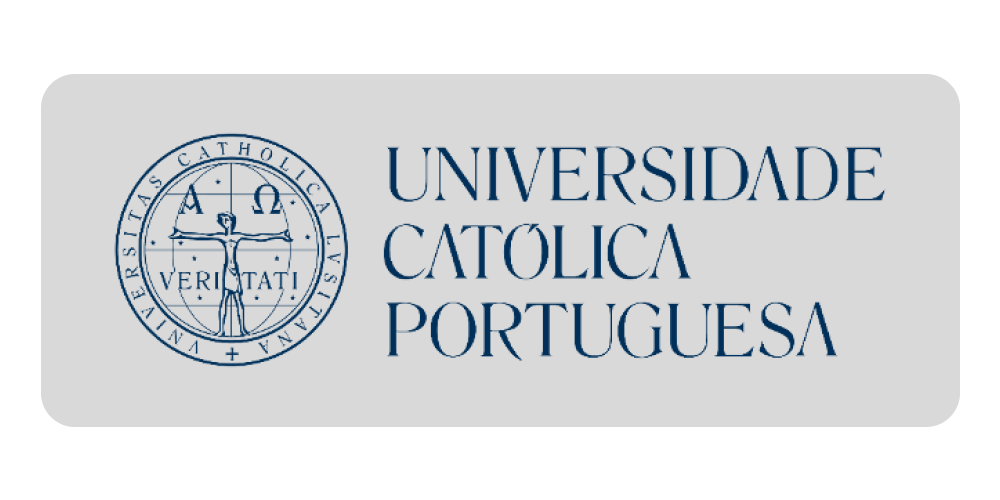'The Research Center of the Slovenian Academy of Sciences and Arts / Znanstvenoraziskovalni center Slovenske akademije znanosti in umetnosti (ZRC SAZU)'
A comparison of the beginnings of exonym standardization in Croatian and Slovenian
2021
English
This paper compares the beginnings of exonym standardization and some characteristics of the oldest exonyms in two similar Slavic languages, Croatian and Slovenian. It uses the comparative and exemplar methods. It is found that these processes were influenced by the sociopolitical environment of the time, especially language policies. It is shown that the nineteenth century was favorably inclined toward exonyms. They were often written inconsistently and unsystematically because there were no spelling norms for their writing and use. For some, the influences of foreign languages (German, Italian, etc.) are obvious. Numerous transitional forms also appeared, which did not become established.
 
'The Research Center of the Slovenian Academy of Sciences and Arts / Znanstvenoraziskovalni center Slovenske akademije znanosti in umetnosti (ZRC SAZU)'
A comparison of the beginnings of exonym standardization in Croatian and Slovenian
This paper compares the beginnings of exonym standardization and some characteristics of the oldest exonyms in two similar Slavic languages, Croatian and Slovenian. It uses the comparative and exemplar methods. It is found that these processes were influenced by the sociopolitical environment of the time, especially language policies. It is shown that the nineteenth century was favorably inclined toward exonyms. They were often written inconsistently and unsystematically because there were no spelling...
Preuzmite dokument
English
2021
 Geršič, Matjaž
,
Crljenko, Ivana
Geršič, Matjaž
,
Crljenko, Ivana






